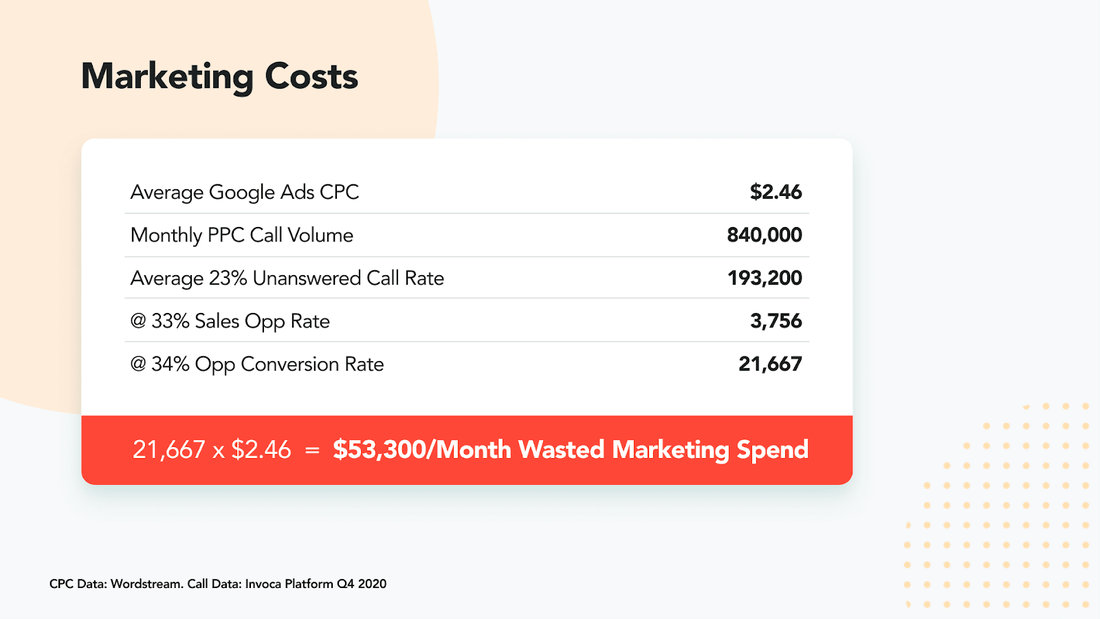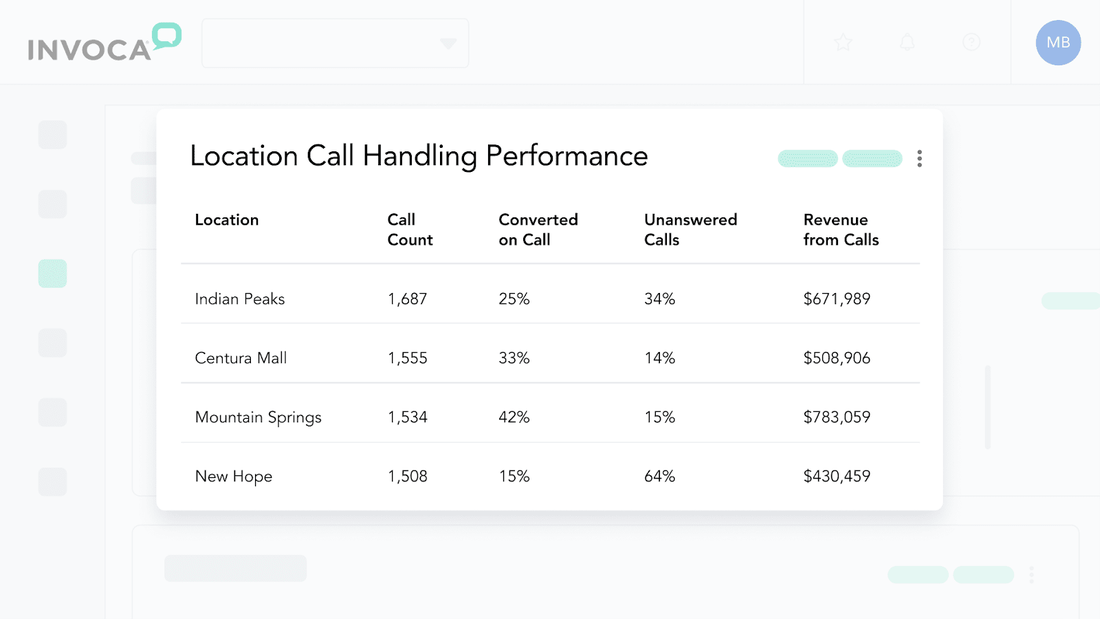
You’ve no doubt been flooded with articles about the potential 2023 recession. Leading analysts and economists have been predicting a downturn for months now, but it sure is taking its sweet time. The buildup feels long and drawn out, like a will-they-won’t-they romance from a TV sitcom. We’re all watching in suspense as our economy flirts with disaster the way Jim flirted with Pam in season two of The Office.
If you’re a marketer, you’ve probably already felt the impact of the impending recession. When times are tough, marketing budgets are often the first thing to go. Though, despite budget cuts, your performance expectations probably haven’t changed. You need to find a way to spend smarter and drive results with less budget.
One key area where you can drive productivity gains is by tracking marketing-driven phone calls. For many industries, calls are the most important conversions your marketing programs can drive. According to our research, 68% of consumers prefer to call when making high-stakes purchasing decisions. However, do you know if the contact center or business locations are answering all of the valuable phone leads your marketing programs generate?
Before you shrug me off and say, “of course,” you may want to look at the data. In this post, we’ll calculate just how many phone calls your team could be missing. We’ll also share some strategies for increasing call answer rates and improving missed call follow-ups to recoup lost revenue opportunities.
We analyzed thousands of phone calls to calculate these unanswered call rates. We also determined how many calls, on average, are leads and how many result conversions.
As you can see in the examples below, most industries miss nearly a quarter of their inbound phone calls. These calls are often leads and have the potential for conversion, which translates to significant lost revenue, increased marketing acquisition costs, and reduced ROAS. Find your industry below to see how you stack up!
Auto dealerships miss 21% of inbound calls. On average, 37% of their calls are leads and 33% of those leads will convert.

Auto service centers miss 20% of inbound calls. On average, 39% of their calls are leads and 51% of those leads will convert.

Banks & lenders miss 49% of inbound calls. On average, 51% of their calls are leads and 20% of those leads will convert.

Cruise lines miss 37% of inbound calls. On average, 17% of their calls are leads and 36% of those leads will convert.

Dental organizations miss 27% of inbound calls. On average, 37% of their calls are leads and 26% of those leads will convert.

Home services companies miss 27% of inbound calls. On average, 47% of their calls are leads and 29% of those leads will convert.

Hospitals miss 24% of inbound calls. On average, 50% of their calls are leads and 42% of those leads will convert.

Insurance companies miss 39% of inbound calls. On average, 30% of their calls are leads and 22% of those leads will convert.

Physical therapy practices miss 28% of inbound calls. On average, 26% of their calls are leads and 39% of those leads will convert.

Senior care organizations miss 20% of inbound calls. On average, 29% of their calls are leads and 30% of those leads will convert.

Senior living organizations miss 37% of inbound calls. On average, 17% of their calls are leads and 38% of those leads will convert.

Telecommunications companies miss 45% of inbound calls. On average, 35% of their calls are leads and 26% of those leads will convert.

These missed calls come with a hefty price tag. When you drive valuable phone leads from your paid media campaigns and they go unanswered, that directly translates to wasted ad spend. When you have a limited budget, the stakes are high to ensure every dollar is working at its full potential.
If we just look at what you might be losing on paid search, the numbers are pretty staggering. The example below is based on an Invoca Automotive customer that gets 1.2 million calls per month, with about 70% of those calls attributable to paid search. The average Google CPC in automotive is $2.46. And on average, 23% of calls to automotive businesses don’t get answered.
That equates to $53,000 a month down the tubes just on Google Ads. Any and all attributable advertising from social media to direct mail and other customer acquisition costs that precede a phone call will make this number significantly higher in reality.

To reduce missed calls, leading brands use Invoca. Our solution gives teams a centralized view of how their locations are performing, and how many phone calls they’re missing. You can then use this data to diagnose issues and determine the best next steps to increase call answer rates. Below is a sample report showing call handling by location:

Invoca’s Lost Sales Recovery also prioritizes your missed sales calls using digital intent data. For example, it can flag high-intent callers who called from an online shopping cart or an ad for a limited-time promotion. It can also sort callers based on the IVR keypresses they entered (for instance, press “1” to speak to sales or “2” for service.) This helps you determine who you need to follow up with first, and if the follow-up should be done by a sales or service agent.
See how it works in the video below:
Tracking your missed calls is the first step — Invoca’s real-time reports can give you granular data about which locations are underperforming, which IVRs are driving abandonment, and which times of day unanswered calls are occurring. Once you have that data in hand, you can start making optimizations to increase answer rates. Below are some common pivots Invoca customers make to increase answer rates:
These changes will ensure that you’re not wasting media spend driving unanswered calls. As a result, you’ll get more bang for your marketing buck and make the most of your limited budget during these challenging times.
Want to learn more about how Invoca can help you improve the phone call experience? Check out these resources:

The original version of this page was published at: https://www.invoca.com/blog/how-many-phone-calls-are-you-missing
Invoca for Healthcare enables healthcare providers to capture detailed analytics on a new patient’s full journey. This includes the marketing campaign that drove initial interest, the specific webp... Read more
The third-party tracking cookie has been crumbling since 2018 and it’s usefulness for audience tracking has waned significantly since. Most browsers block third-party cookies ...read more
Anyone who has spent a little time in the SEO world knows that organic search is often the most significant driver of web traffic. It’s how most consumers discover your business, ...read more
The death of third-party marketing data is nigh, the walls of the walled gardens of data are getting higher, and ad budgets are getting tighter than a 2008 hipster’s skinny jeans. ...read more
Healthcare marketing statistics suggest spending on digital advertising by the healthcare and pharmaceutical industries will reach $20 billion next year, according to some projections. ...read more